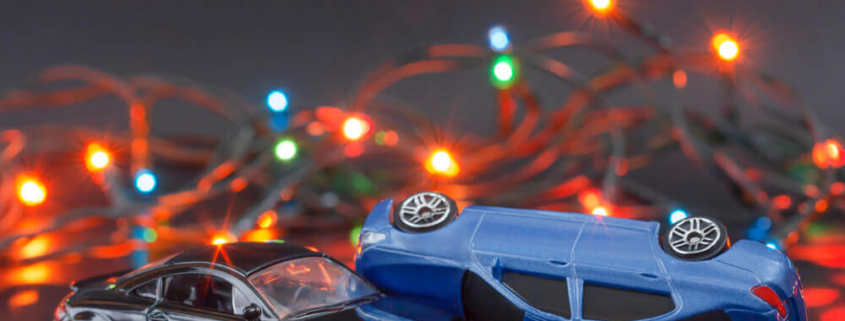Who Is at Fault for a Multi-Vehicle Accident?
Determining fault in a car accident is often difficult, even when there are only two vehicles involved in the collision. Not surprisingly, it becomes far more challenging to establish fault when multiple vehicles are involved in a crash.
Establishing Responsibility in Multiple Vehicle Collisions
In order to adjust claims and resolve disputes, it is essential to prove fault. The individual responsible for the crash is legally obligated to provide the injured parties compensation for their losses. On top of this, insurance companies typically defend their insureds and attempt to establish that their client was not responsible for the accident.
However, determining fault correctly is especially vital in states like Virginia, where they apply the contributory negligence legal doctrine. Under contributory negligence, an injured party can be barred from recovering damages if they are found to be even 1% at fault for the underlying accident. With such a high bar to clear, it is absolutely essential for an injured individual to retain skilled legal counsel as early as possible in the process.
Fault in Rear-End Accidents
Determining liability is a logistical nightmare in a pileup collision. In many cases, one person has the majority of liability. In a pileup that occurs in a four-way intersection, for example, that would usually be the person who runs the red light or stop sign. However, others involved in the crash may have some level of shared liability.
In multiple vehicle accidents involving a rear-end collision, one motorist rear-ends another, pushing that driver into the vehicle in front of them, which causes a chain reaction. Regardless of the number of vehicles involved, the car in the back is typically found to be at fault for the crash. The crash is still thoroughly investigated, and there may be vehicles up the chain that are at least partly responsible, depending on the specificities of the cases.
For instance, if all vehicles involved in an accident were halted at a stop sign or red light, and the driver in the rear was texting and could not stop, that motorist would usually be held responsible for the collision. In another accident scenario, there may be motorists up the line who were unable to take any action that could have prevented them from crashing into the vehicle in front of them even though they had no control and are not responsible for being hit from the rear.
Sometimes a car halted at a green light might be responsible, at least partly, for multiple vehicles having a chain reaction rear-end collision.
Determining Responsibility in a Multi-Vehicle Crash
Police reports and investigations play a vital role in determining the proportion of fault in a car accident, particularly if multiple parties are involved. In such cases, the following evidence might help determine which party initiated the chain reaction:
- Car damage and skid marks at the accident site
- Witness statements
- Traffic violations and citations
- Police reports
- Vehicle onboard technology
Factors that Help Establish Fault in Multiple Vehicle Accidents other than Rear-End Collisions
In multi-vehicle crashes other than rear-end collisions, it is even harder to determine fault. Certain factors that may help in establishing responsibility for the accident are as follows:
- Whether any motorists violated a local or state traffic regulation
- What were the road conditions at the time of the accident
- Where the collision happened
- Whether one driver was traveling too fast for the road conditions, regardless of the posted speed limit
- Whether one motorist was making a left turn
- Witness statements
- Information contained in the police report
- Whether unsafe road conditions existed
- Extent and location of vehicle damage
- Whether any citations were issued
- Review of any camera footage if available
- Position of the cars after they came to rest
- “Black box” data recorders
While liability may be shared among multiple parties, no one wants to admit fault and pay up. Insurance companies are known for passing the buck back and forth. While everyone may seem very apologetic and sympathetic about your injuries, their help only goes so far as promising you that they are not the ones who owe you compensation.
That’s why it’s important to talk to an attorney after a multi-vehicle collision.
Consult an Experienced Car Accident Attorney
If you or someone you love was injured in a major multi-vehicle accident, you owe it to yourself to seek a consultation with a seasoned car accident lawyer. Your attorney’s ability to prove fault can determine whether or not you receive compensation for your injuries and losses.
To protect your best interests, you need a lawyer with extensive experience successfully pursuing auto accident claims. The skilled and knowledgeable car accident lawyers at Olmstead & Olmstead, P.C.’s law offices, will fight hard to ensure that you receive fair compensation for the injuries and damages you sustained in a multiple vehicle accident. Call (703) 361-1555 today for a initial consultation and case assessment with a member of our legal team. We look forward to serving you!





Leave a Reply
Want to join the discussion?Feel free to contribute!